Eye Cancer Symptoms And Treatments
Eye Cancer will kill an estimated 3,130 adults in the United States this year.


Most new cases of primary intraocular cancer are melanoma. Although the number of new diagnoses and deaths from skin melanoma has been increasing during the past 30 years, the number of new intraocular melanoma cases has remained constant during this time. Lymphoma is the second most common type of primary intraocular cancer.
Approximately 330 deaths from primary intraocular cancer will occur this year.
The 5-year survival rate for people with eye cancer is 80%. Most importantly, early diagnosis increases survival rates to 85%, with this early detection occurring in 73% of people tested. However, survival rates also depends on the size and location of the tumor and the type of cancer diagnosed.
Overall, 3 out of 4 people with eye melanoma survive for at least 5 years. When melanoma does not spread outside the eye, the 5-year relative survival rate is about 80%. If the melanoma has spread to distant parts of the body, the 5-year relative survival rate is about 15%.
Retinoblastoma
Retinoblastoma occurs primarily in children before the age of 5. As the baby grows, cells called retinoblasts grow out of control and form a tumor.
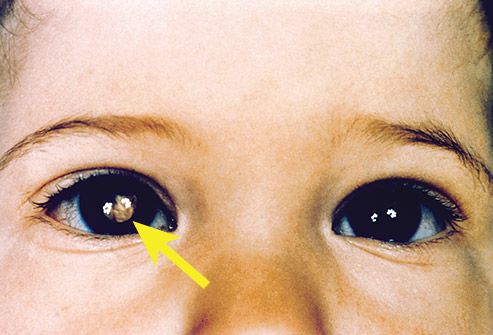
Conjunctival Melanoma
This rare kind of cancer happens when a tumor grows inside that lining and looks like dark spots on your eye. It will spread quickly through your lymph nodes if not detected early.
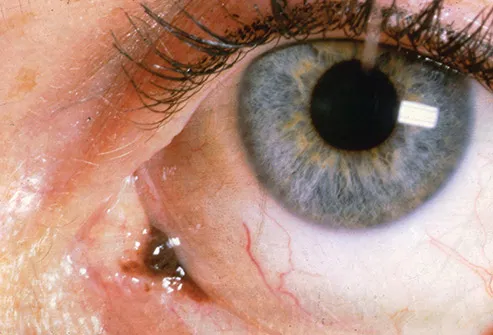
Gland Eye Cancer
This rare type of cancer starts when a tumor forms in the glands that make tears. These tumors tend to happen more often in people who are in their 30s.
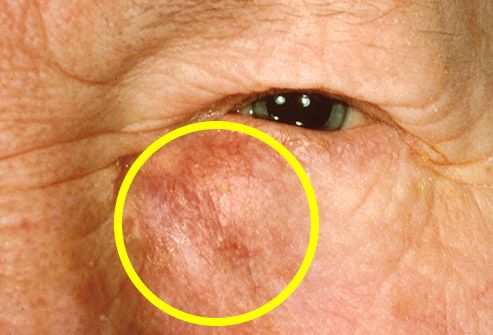
Eye Cancer: Eyelids
This type of skin cancer shows up on or inside your eyelid. This is due to spending excessive time in the sun. People who have fair or pale skin are more likely to have it. If found early, treatment is successful.
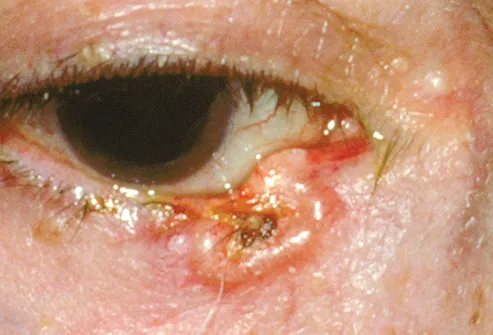
Secondary Eye Cancer
In most cases, cancer doesn’t start in the eye, instead it can first spread from the breast or lungs. It also can go to your eyes from your skin, kidney, colon, or thyroid.
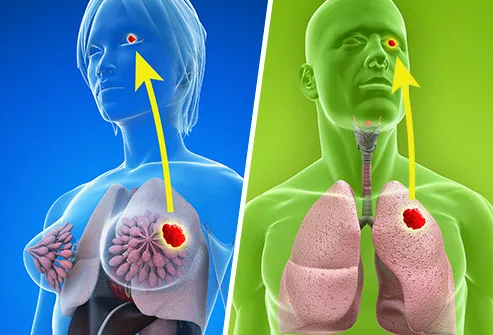
Diagnostics
Doctors will use biopsy, MRI’s, CAT scans, and positron emission tomography (PET scan) to determine the type and stage of eye cancer.
Treatments
Treatments available are surgery, radiation, and laser therapy.
Conclusion
Keep an eye on your eyes. If you note any unusual changes in coloration, shape, or vision, call your eye doctor immediately.

